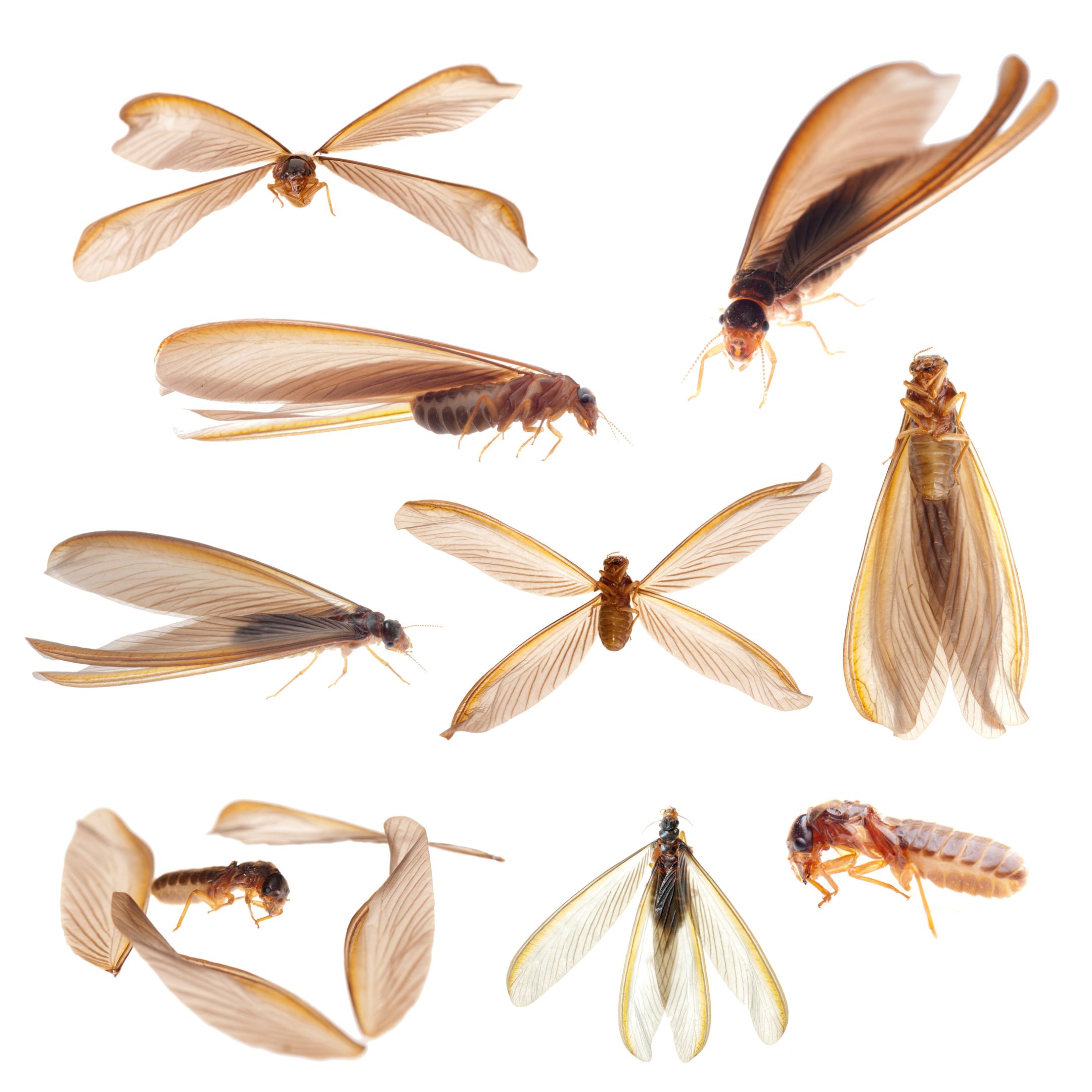How to Best Protect Your Home Against Termites

The termite may be tiny, but the destruction it can cause to your home is huge. As a homeowner, you want to protect not only the value of your home, but the comfort and sense of security it provides for your family. Termite control is one of many responsibilities of home ownership, as the risk these pests pose to the structure of your home is both frustrating and expensive. The best prevention is learning about the tell-tale signs they leave behind. These warning signs can help you take action early—before you encounter significant damage.
The National Pest Management Association has determined that termites "cost Americans more than $5 billion in damage annually." With homeowner vigilance and the help of a knowledgeable and trusted professional, you can keep both the damage and cost of termite control to a minimum.
Evidence of Termites
Droppings: Where termites have nested and eaten, they leave small piles of tiny pellet-like feces. Drywood termites live almost entirely within the wood they are eating. You almost never see them. For them, space is limited, so their droppings can be a major problem. To get rid of their waste they will dig a tunnel out of the wood they live in and create “kick” holes. These are just simple holes to the woods surface that are used to dump out waste. Over time a little pile of pellets will form under the kick hole. While it looks like dust, it is actually the Drywood termite frass. This is a sure sign of termites.
- Floor & Wall Damage: As termites feed on the wood in your home, you can see floors, walls or ceilings that look buckled. It can often be misidentified as water damage. The wood will also sound hollow.
- Swarming: When a termite colony reaches a certain size, some will break off and establish a new colony. This happens most often in the spring and fall on warm days after a rain.
- Termite Wings: When termites swarm, they shed their wings as they begin their next stage of development. When they swarm and find a new establishment the termite will clip there wings off, this is nature’s way for them to get the wings out of the way for them to mate.

- Mud Tubes: Subterranean termites build pencil thin mud cylinders that lead from the termite nest to their food source. You can find these tubes along the bottom of porches, or along your foundation or window sills. This can also be found in the sub area mostly and can be pencil thin to larger in size the larger size can be called freeways. It allows more subterranean termites to navigate back and forth between food sources back to nest
Next Steps
If you suspect you have termites, your next step should be to call a professional to conduct a termite inspection. Ecola has natural termite control solutions that effectively eliminate termites without harmful chemicals. They can quickly locate and develop a specialized termite treatment plan that is least invasive. If you have children and pets, this green solution might be a wise choice.
Ecola specializes in natural pest control and is also a leader in rodent control and bed bug removal. Should you suspect pests in your home, ask Ecola about how to kill ants, how to kill bed bugs and how to kill roaches. To learn more about green solutions for pest control, visit Ecola or call 1-800-332-BUGS.
About the Business
Have a question? Ask the experts!
Send your question

